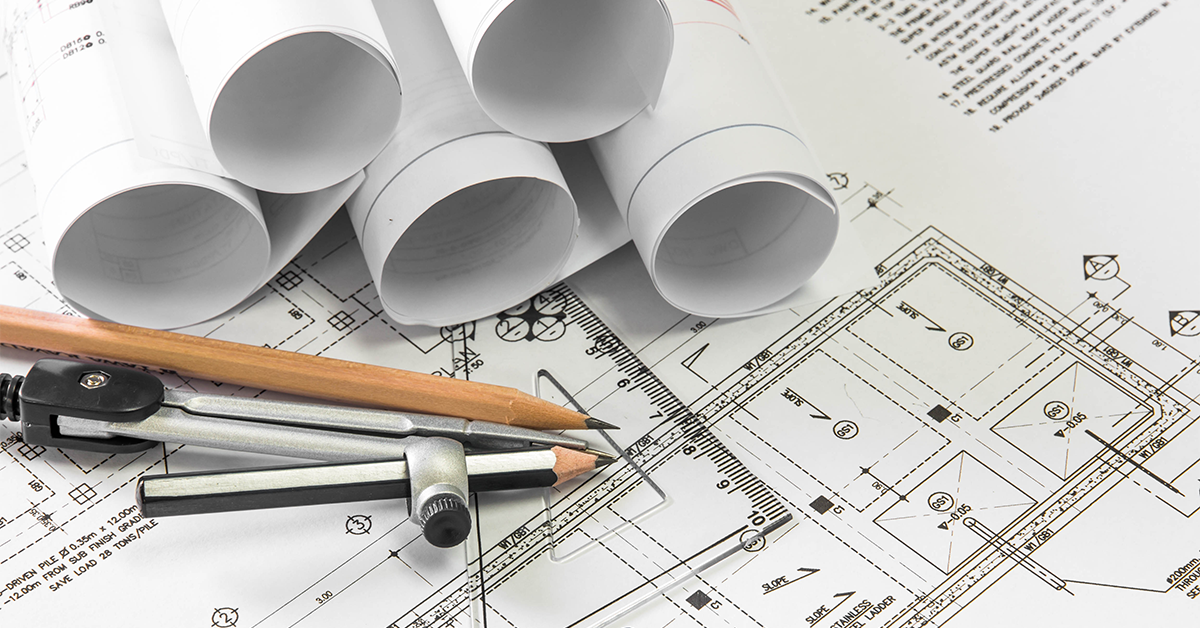An Introduction to DraftSight 2D CAD – Part 1
Being a software company, we sometimes take it for granted that everyone knows what CAD is and that they’re familiar with various CAD tools, including DraftSight 2D CAD. But that’s not the case, as there are plenty of people who would appreciate learning more about the CAD world (and drafting in general).
And while we’re going to be educating them, we’ll also demonstrate how DraftSight 2D CAD from Dassault Systèmes fits into the overall picture. This two-part series hopes to address those topics and give you an introduction to what DraftSight is and what it does.

Drafting through the Ages
Drafting has been around for thousands of years. Almost anything that has been built or manufactured up to the 20th century has been designed and drawn first. Throughout those many centuries, drafting tools (though evolving) remained pretty much the same. Things like T-squares, triangles, compasses, and scales (and pencils, of course!) have been the draftsman’s instruments for creating accurate, to-scale representations of the final product.
The 20th century finally provided us with some handy innovations. Progress was slow, from the simple parallel bar that replaced the T-square to the more functional drafting arm that also replaced triangles and scales. Until later in the century, that is, when computers became more prominent.
The Advent of CAD
The first Computer Aided Drafting programs (CAD for short) were developed in the late 50s and 60s and continued to evolve during the next two decades. Even so, it was rare to see them used in production, as they certainly weren’t affordable, and their capabilities were limited, so traditional methods were still the kings of the drafting hill.
But that all began to change in the early 80s when two computing timelines finally crossed paths. This was about the time that the use of computers in the workplace (and even at home) became more commonplace. At the same time, CAD software had matured to a point where it could take advantage of these personal computers. Several vendors began developing affordable desktop versions of what, to this point, were typically expensive mainframe applications.

Desktop CAD for the Masses
Within only a few years, desktop CAD systems were commonplace. Businesses evolved their design and drafting workflow to leverage their benefits better. While the initial drawing phase stayed the same (or even got somewhat slower), the ability to quickly change, revise, and re-use these electronic drawings proved to be a game changer.
During this time, engineering and design firms realized that stubbornly sticking to traditional drafting methods would quickly leave them behind. When government projects started mandating DWG files as deliverables – the CAD wheel was rolling faster than most drafters and designers could catch up with!
Summary
It’s incredible how much the drafting profession has changed in such a relatively short amount of time. We here at DraftSight are proud to be a part of it as we continue to grow and evolve our CAD software.
In the final installment of this series, we’ll look at modern CAD systems in general and specifically at the DraftSight line of products to see how they fit into various industries and applications.
If you’re already intrigued, why not go ahead and give it a try for yourself? Just go here to get a 30-day trial of DraftSight Premium. Whether you’re a seasoned pro or just a beginner, you’ll find that DraftSight’s easy to use, and it has all the tools you come to expect and even more!



